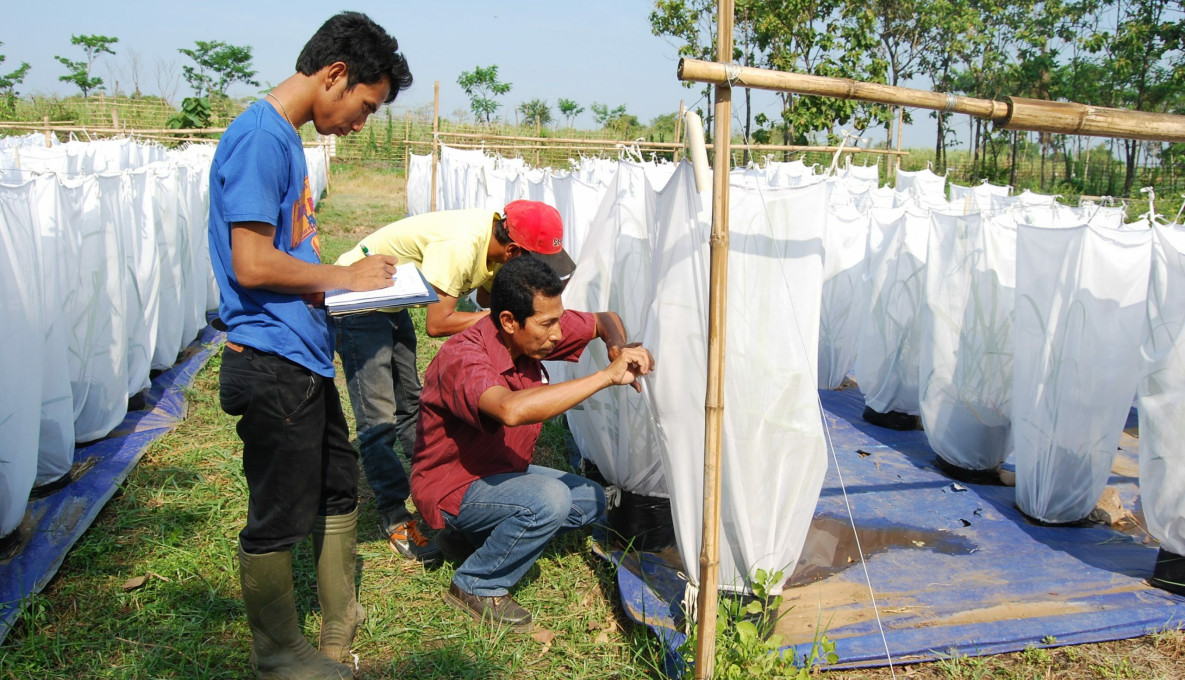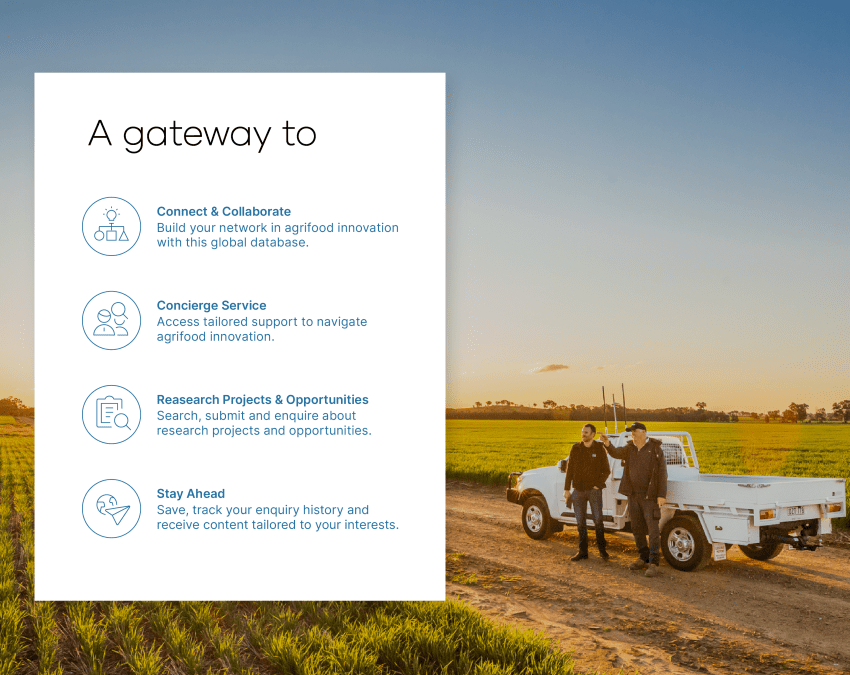
Protecting Australia’s sugarcane industry from biosecurity risks
Investment in biosecurity research is a valuable insurance policy for the sugarcane industry to protect against exotic threats. In this article, we talk with Sugar Research Australia (SRA) researcher Dr Rob Magarey about one of these collaborative research projects.
The Australian sugarcane industry has a strong track record of being prepared well in advance for potential biosecurity risks. Just one such example occurred in 2006 when the then-exotic disease smut was first detected Australia.
At the time, the industry had already recognised the risk associated with this disease and the possibility that it could impact the Australian industry.

Investment in biosecurity research is a valuable insurance policy for the sugarcane industry to protect against exotic threats. In this article, we talk with Sugar Research Australia (SRA) researcher Dr Rob Magarey about one of these collaborative research projects.
The Australian sugarcane industry has a strong track record of being prepared well in advance for potential biosecurity risks.
Just one such example occurred in 2006 when the then-exotic disease smut was first detected Australia. At the time, the industry had already recognised the risk associated with this disease and the possibility that it could impact the Australian industry.
Consequently, when the disease occurred, the industry was already well equipped with a good understanding of the disease and an appropriate response.
The lesson from this event was simple: biosecurity preparation is a valuable insurance policy for the industry. With many other exotic sugarcane pests and diseases endemic around the world – and endemic within our near-northern neighbours – the industry continues to invest in research to prepare for potential future risks.
One such potential risk comes with the exotic disease, sugarcane streak mosaic (SCSM). SCSM (caused by sugarcane steak mosaic virus) has been identified as a potential high-risk disease for the Australian industry because of its prevalence throughout Southeast Asia, including Indonesia, and the severe impacts that it can cause to production.
SCSM is an entirely different disease to the existing mosaic virus that already exists in Australia (sugarcane mosaic), and is much more severe, with the exotic disease causing an estimated A$40-$50 million in losses to the Indonesian industry.
Until recently, both the Australian and Indonesian industries only had a limited understanding of SCSM, which added to the risk for Australia from this disease. However, through a project funded by the Australian Centre for International Agricultural Research (ACIAR) in recent years, SRA scientists collaborated with the Indonesian Sugar Research Institute (ISRI), the Indonesian Fibre Crops and Sweetener Research Institute (IFCSRI) and the University of Bogor to improve both countries’ understanding of SCSMV.
SRA Leader for Disease Management, Dr Rob Magarey, led the project and he said that because SCSM is so widespread in Indonesia, this made the research valuable for both countries.
“SRA continues to take a proactive approach with biosecurity risks, knowing that our industry cannot afford to wait for diseases to strike before preparations are made,” Dr Magarey said. “Once the horse has bolted, it is too late to shut the gate.
“The disease does not kill, nor severely restrict the yield, of individual plants or portions of a crop, which makes its appearance in the paddock less dramatic. However, because it affects whole crops, actual yield losses are very significant. Through our research, losses have been shown to vary between 17-26 percent, depending on crop class.”
Before this project, there was limited information on how the disease spreads, where it occurs in Indonesia, how to detect the virus, the resistance of our varieties, and the most effective integrated disease management strategy (IDM).
Through this work, with extensive trials and field surveys within Indonesia, these questions now have answers.
The research team determined that SCSMV is largely spread through diseased planting material, which has resulted in the virus making its way into more remote parts of the Indonesian Archipelago.
Specific surveys of commercial fields and garden canes in Sumatra, Sulawesi and the eastern Archipelago highlighted the presence of SCSMV in many commercial fields, especially on Java, where it was found in greater than 80 percent of the 931 crops surveyed in SCSMV research.
The disease was also located in such places as West Papua - a sugarcane production expansion area relatively close to Australia. This was a cause of concern since the disease is likely to spread into PNG, the centre of origin of several Saccharum (sugarcane) species – the source of valuable genes for use in breeding new varieties.
Related organisations

Dr Rob MagareyThrough our work, we have a better understanding of pathogen variation, and we have developed optimised molecular and serological tests for detecting the virus in planting material.
-crop-850x675.png)
Looking for engagement?
Showcase your commercialisation opportunity today.
Talk to our team to discuss how growAG. can connect your innovation to industry.
Have questions? Find answers to our most frequently asked questions on research projects, commercial opportunities, organisations and more.
